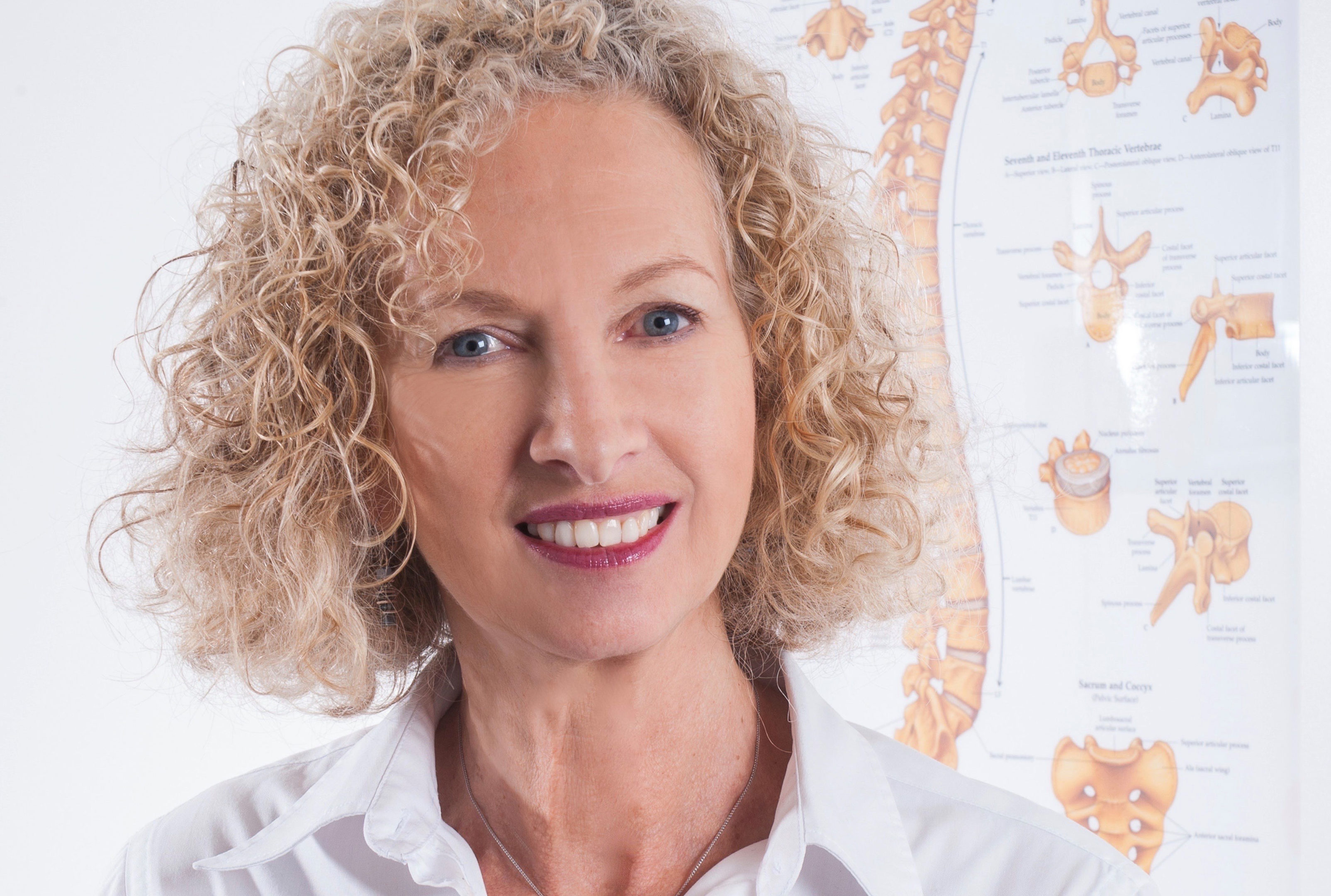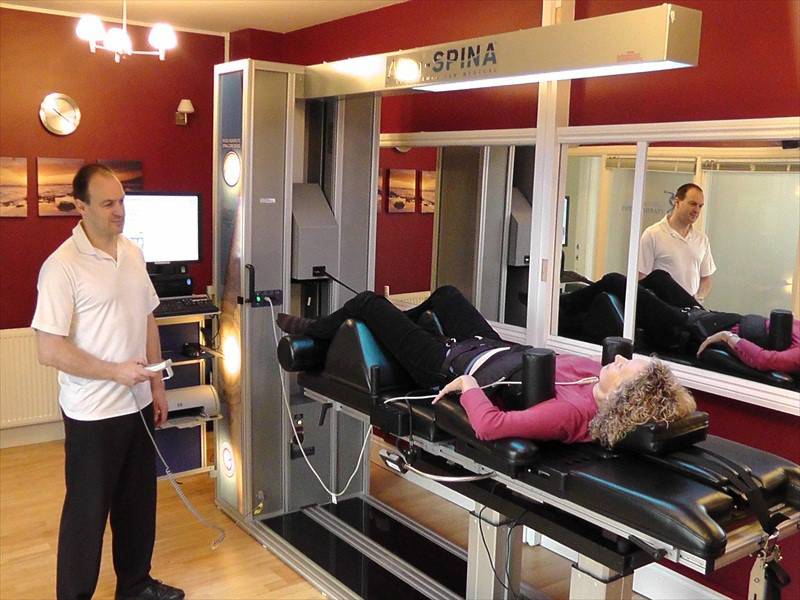
JUST a few years ago, Sally Lansdale thought about turning her back on her career.
After all, nobody wants to visit an osteopath with a bad back!
“It’s terrible PR,” Sally laughed. “But in all seriousness, it’s true.
“Would you trust someone crippled with back pain to fix your back problems? Probably not.”
Former model Sally, 66, first started to experience back pain in her mid-20s while studying to become an osteopath.
“To begin with, it was just a little niggle here and there, but as the years went on, it became more and more intense,” she said.
Being involved in a car crash and falling off horses a few times didn’t help and around nine years ago, the pain was so bad she struggled with work – and day-to-day life.
“I’d have to do exercises in between patients,” she said.
“I remember walking a patient down the corridor and them noticing I was limping.
“I had to laugh it off, telling them I was okay when I really wasn’t.”
At the worst point, Sally couldn’t even sit or stand without pain and having pins and needles in her arms and legs. At first, the mum-of-two was diagnosed with sciatica.
However, a later scan detected bulges in the disks in her spine.
These occur when a weakened disc bulges out of its normal place in the spinal column.
With age, the discs lose water content and elasticity, making them less able to absorb the stress being placed on them every day.
This can eventually cause the outer rim of the disc to bulge out of its normal perimeter and out into the spinal column.
“It’s quite common to need surgery, but I was adamant from the start I wasn’t going down that route,” Sally said.
Her partner, Simon – also an osteopath – treated her as much as he could. But the relief never lasted long, until she discovered IDD Therapy, a process Sally has dubbed a ‘miracle’.
“One day, Simon suggested going to an osteopath convention,” she said.
“I couldn’t see much point in me going as I couldn’t sit or stand comfortably for long – but we ended up going and I just went for a swim and spa while Simon went to the lectures.
“Simon said he had met someone with a special machine to help people with bulging disks in their spine.
“The next day we went to the stand to find out more – and after seeing the difference in MRI scan pictures before and after treatment I decided to try it.” Soon Sally was en-route to Glasgow, home to the UK’s only IDD machine, to try the therapy.
The machine works by using computer-controlled pulling forces to gently distract segments of the spine in order to take pressure off discs and nerves while at the same time, gently stretching tight muscles and stiff ligaments.
And after just one session Sally could already feel the difference.
“I went from terrible posture, all bent forward, to standing up straight with ease.
“I couldn’t believe it. It really was a miracle.”
Sally was so convinced by the wonder of the machines that she and Simon introduced one at their own clinic in Herefordshire.
When Simon passed away seven years ago, Sally relocated to London.
She now runs two IDD Therapy clinics and has helped hundreds of patients with back pain.
“Many of my patients have tried osteopaths, chiropractors, injections, having their pain nerves cut…you name it, they have tried it. And nothing has worked.
“IDD has been a last resort – but it really is the most successful treatment.”
Sally is now fit and healthy. She still has occasional twinges in her back, but says if she stays active and has top-up IDD every once in a while, the pain stays at bay.
“Once you have a disk problem, your back is never going to be 100% again.
“But IDD can help you get your life back.”
Visit www.iddtherapy.co.uk for more information

Enjoy the convenience of having The Sunday Post delivered as a digital ePaper straight to your smartphone, tablet or computer.
Subscribe for only £5.49 a month and enjoy all the benefits of the printed paper as a digital replica.
Subscribe
